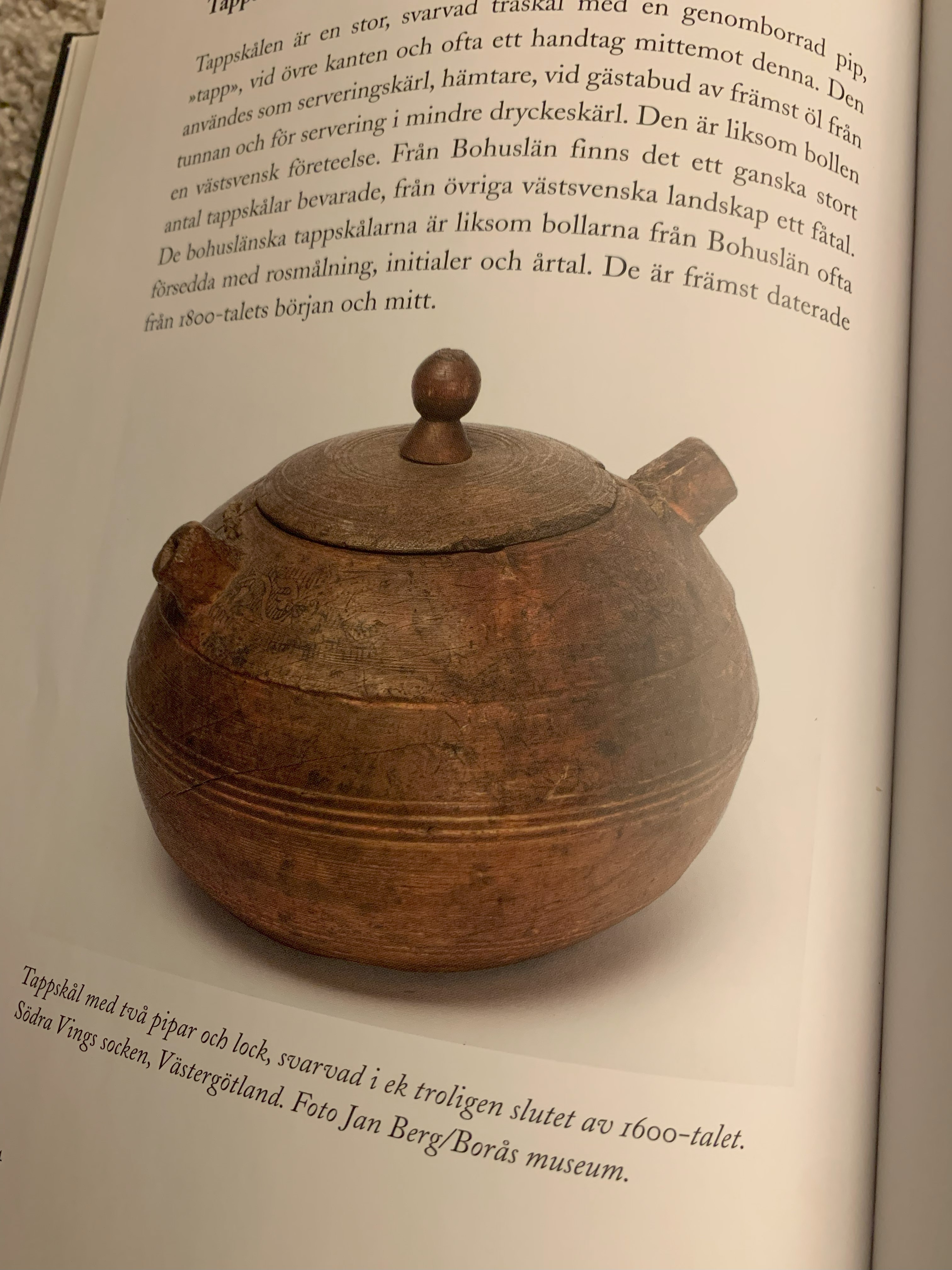
Turning Locked Lidded Boxes

Locking lidded boxes have a long history in Swedish craft. Resident Artisan Mary Tripoli spent time learning about this beautiful and practical craft tradition ahead of her trip to Scandinavia.
One of the benefits of participating in the Artisan Development Program is that you can work with a mentor in your craft area. In early February I spent some time in Ashland, WI to learn about locking lidded boxes.
I had a few goals in mind when I decided to work with Jarrod Dahl on these:
1) Look at antique examples
2) Learn about their history in Swedish craft
3) Make them
4) Make some of the special tools needed for the locking mechanism.
Jarrod has several nice old examples in his collection. Some lock with a carved tab and notch mechanism. Some boxes lock by taking advantage of wood movement when wood is turned green.

As the box dries, it ovalizes slightly, and when you nest two oval pieces, then twist them together, the lid and base lock by friction! I’ve looked at a few old books and browsed Swedish museum archives in the last few months. As with anything, studying these in person provides insights into design, inspiration, and a true appreciation for the details when you set off to make some on your own.

While these were traditionally made on a pole lathe, I started off making them on the electric lathe. This way, I could quickly make my shape, hollow the box and just focus on the mechanical workings. I managed two boxes on the electric lathe in Ashland, and I started a box on the pole lathe on my third day with Jarrod. Once back at my own studio, I spent some time in the blacksmith shop making a “pointy scraper” to form the groove in the lid. This was the only special tool I needed to make.

In figuring out some translations from Swedish and from other research online, I learned that people originally used these to hold money, receipts, and other valuable papers. As they can be made in different sizes, people today use them for lunch, snacks, trinkets, etc. I’ve got about 10 boxes under my belt so far! I am using one as my money box, and I put my tiny Lake Superior agates in one of the smaller ones. Last week, it worked great to hold peanuts and dried mango for a midday snack!

Our cohort leaves for Sweden soon! I’ll visit Borås Sweden, which was a hub of production for these boxes and lots of other woodenware. My fingers are crossed that I can look at some museum archives, and maybe find some at an antiques shop!
So, this story will continue…wish me luck that I can bring home a nice old example of my own!
Mary Tripoli is a Resident Artisan in the Artisan Development Program. Applications for the next cohort of Resident Artisans are open now! Learn more and apply here.